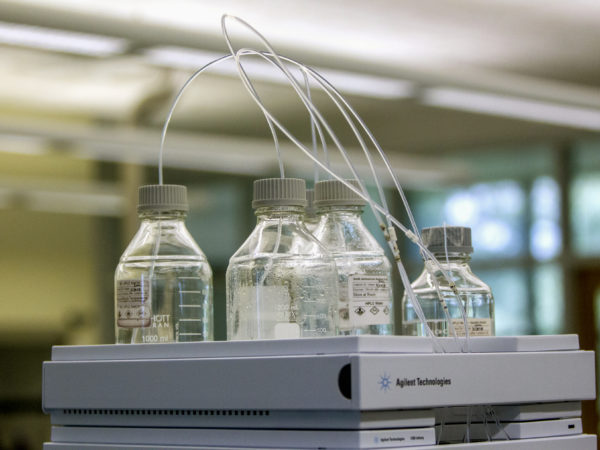
By Brett Walton, Circle of Blue
The Great Lakes News Collaborative includes Bridge Michigan; Circle of Blue; Great Lakes Now at Detroit Public Television; and Michigan Radio, Michigan’s NPR News Leader; who work together to bring audiences news and information about the impact of climate change, pollution, and aging infrastructure on the Great Lakes and drinking water. This independent journalism is supported by the Charles Stewart Mott Foundation. Find all the work HERE.
The Department of Health and Human Services released $166.6 million in federal funds for a program to help low-income residents pay off their past-due water bills or to reduce their water rates.
The new program — temporary for now, though some Democrats want permanent status — is called LIHWAP. Congress provided more than $1.1 billion to the first-ever federal water bill assistance program in separate appropriations in December and March.
Not all the money will go to people in need. The funding released last week represents about 15 percent of the total. Fifteen percent is the amount that Congress allowed to be used for administrative costs in setting up the program at the state and local levels. This initial distribution is intended for that purpose.
DHHS also detailed the allocations for each state, tribe, and territory. For states, the amounts range from $1.7 million (Wyoming) to $116 million (California). The sums in many cases will reduce household water debt that accrued during the pandemic but not eliminate it. In January, California officials estimated about $1 billion in residential customer debt.
North Dakota was the only state that opted not to join the program. According to Jessica Thomasson, the executive policy director for the North Dakota Department of Human Services, the state will be using other sources of federal aid that Congress included in pandemic response packages — the Emergency Rental Assistance Program and Homeowner Assistance Fund — to assist people with past-due water bills. By using those two funds, North Dakota won’t have to establish a separate LIHWAP program, Thomasson said in a statement to Circle of Blue.
Before states, tribes, and territories receive the remainder of their funds, they must submit an operations plan to DHHS. The plan is a blueprint for identifying eligible households, enrolling them in the program, coordinating the transfer of payments to utilities, and ensuring that the benefits reach households.
Setting up a new benefits program is not a simple task, said David Bradley, chief executive officer of the National Community Action Foundation, a group that lobbies for local social services and anti-poverty agencies. “This program will not be running 100 miles per hour from the get-go,” he told Circle of Blue.
DHHS has developed a model plan that states can use if they would like.
Though marketed as emergency relief, Congress has given states, tribes, and territories until December 2023 to spend the funds.
Catch more news on Great Lakes Now:
Citizen Science Opportunities: How can you get involved in scientific research?
Water Access: As moratoria on shutoffs end, old problems return to the forefront
API key not valid. Please pass a valid API key.Featured image: States, tribes, and territories are setting up the first-ever federal water bill assistance program. (Photo Credit: Matt Black for Circle of Blue)



